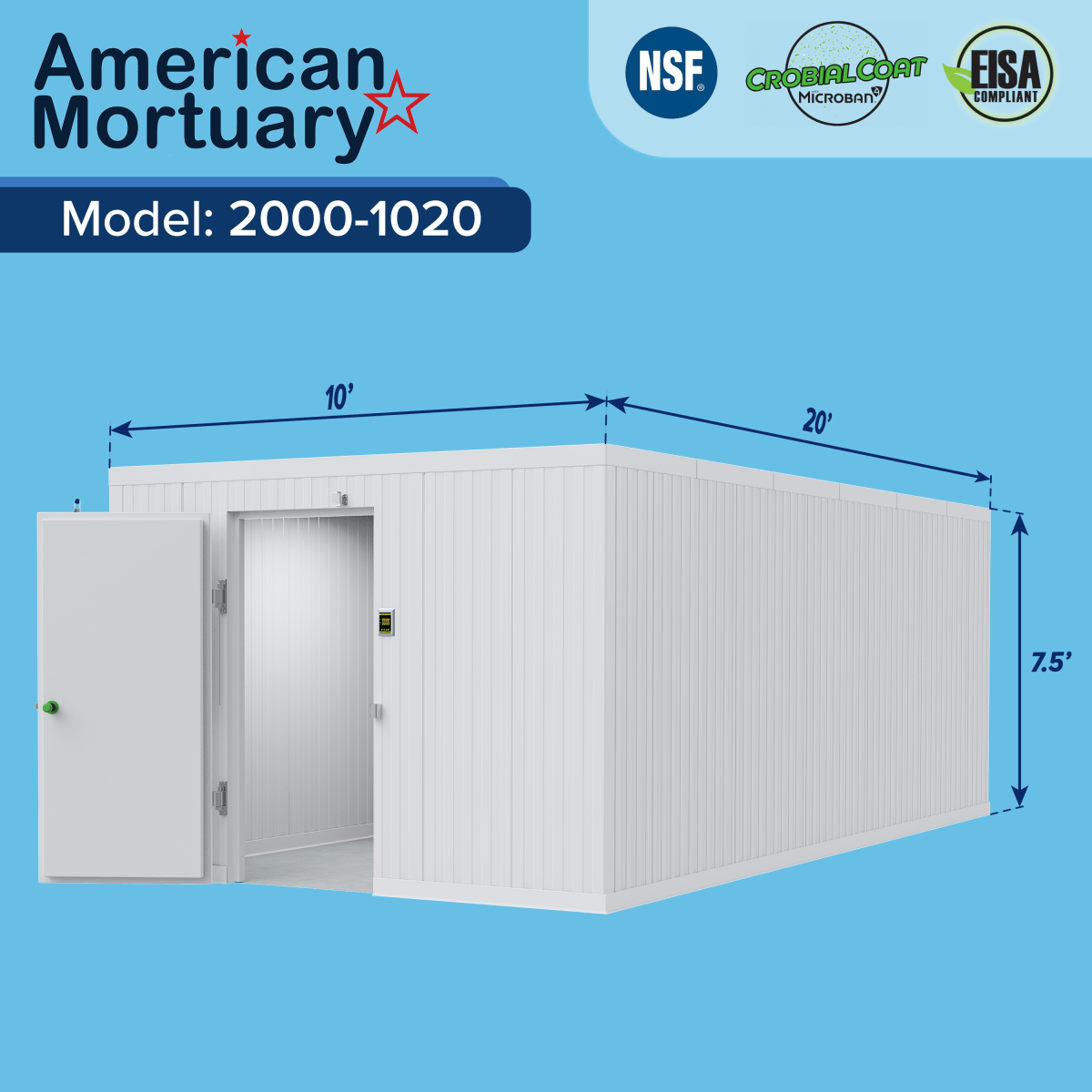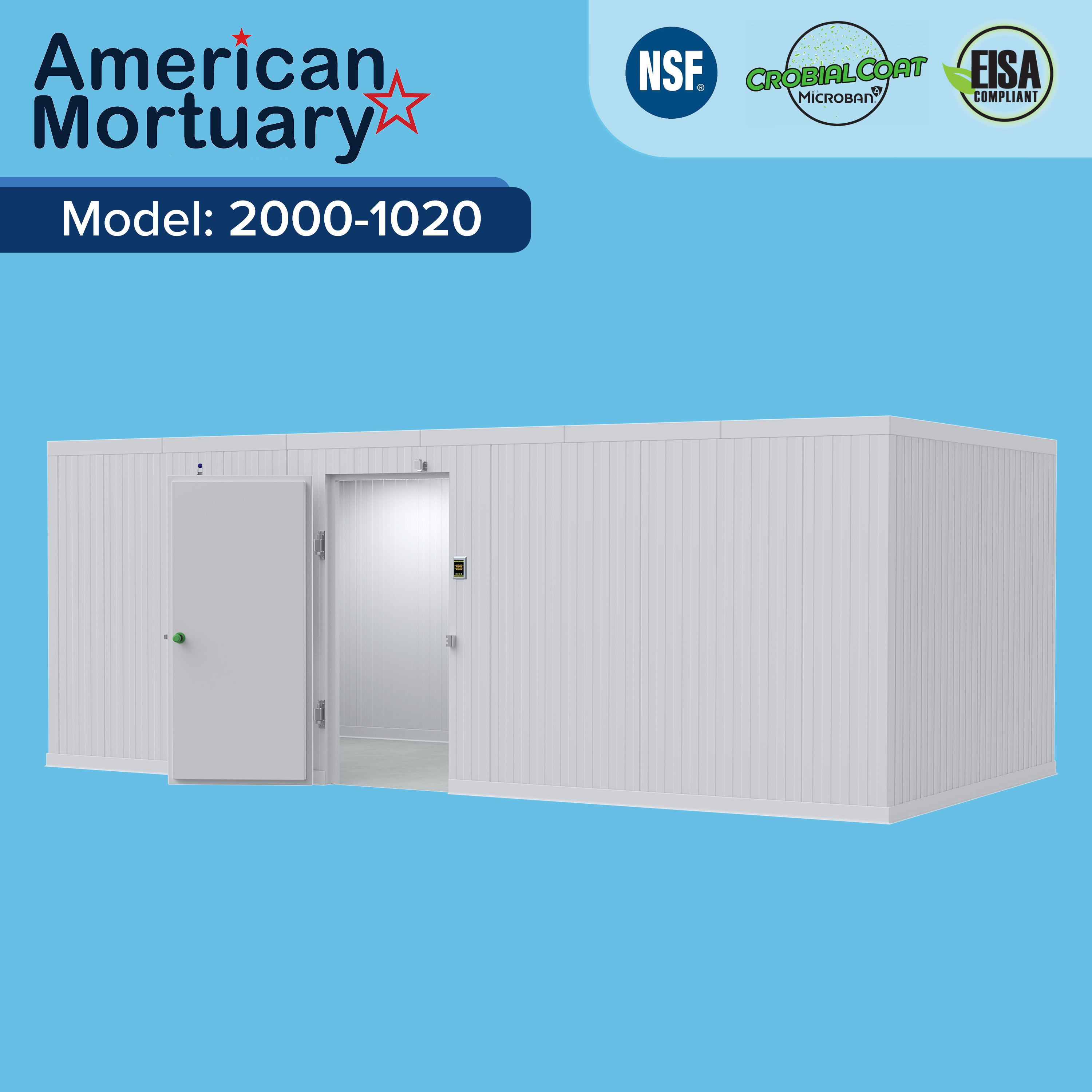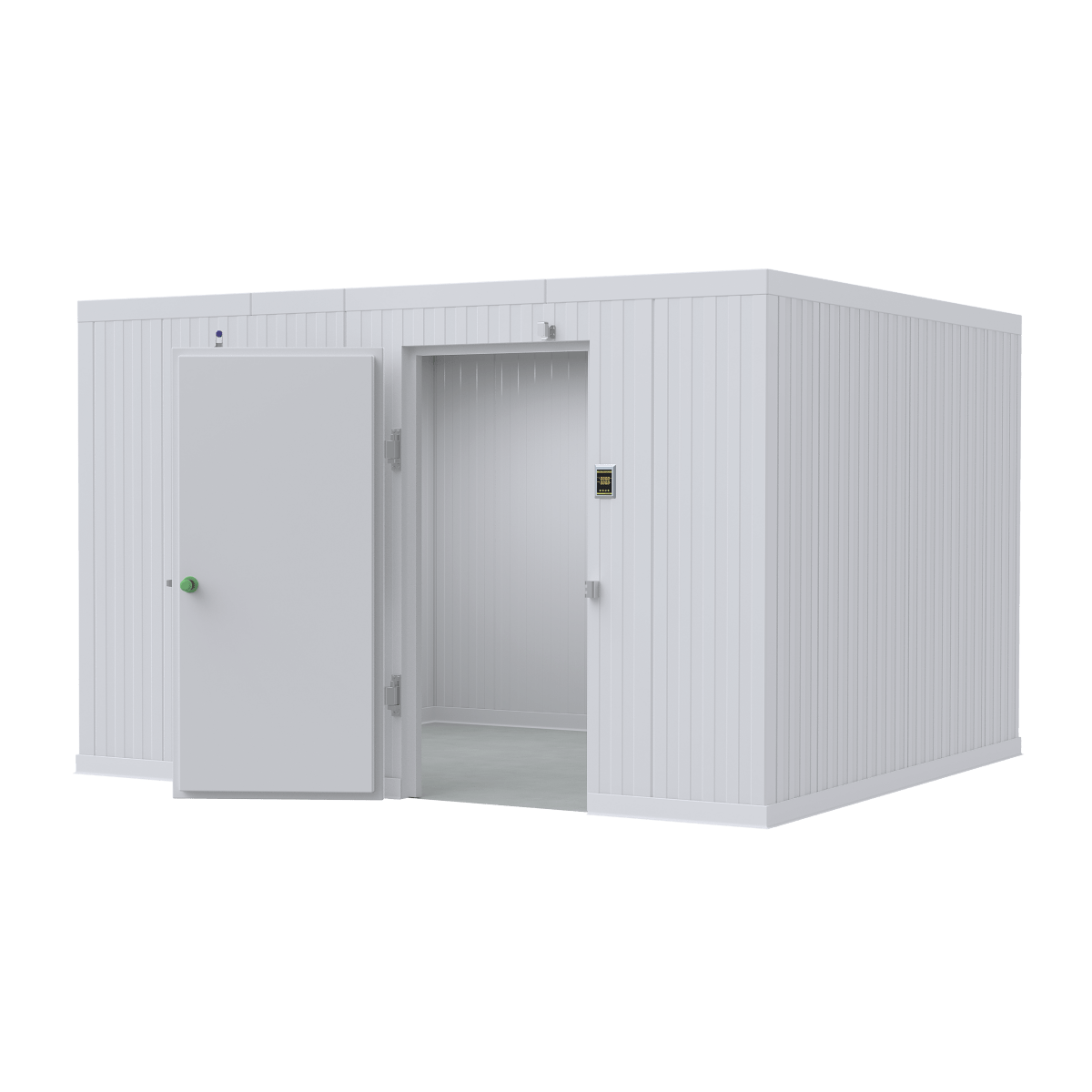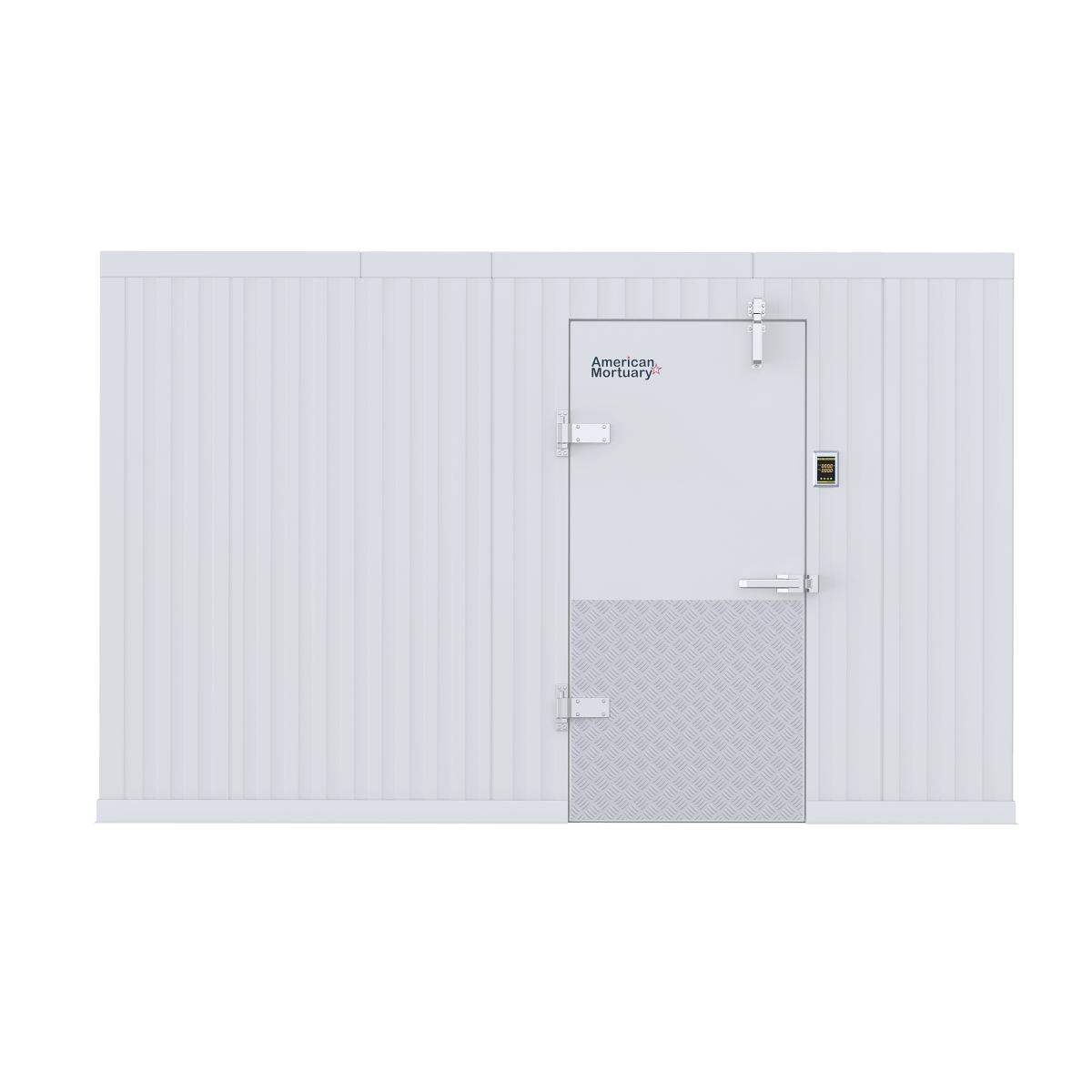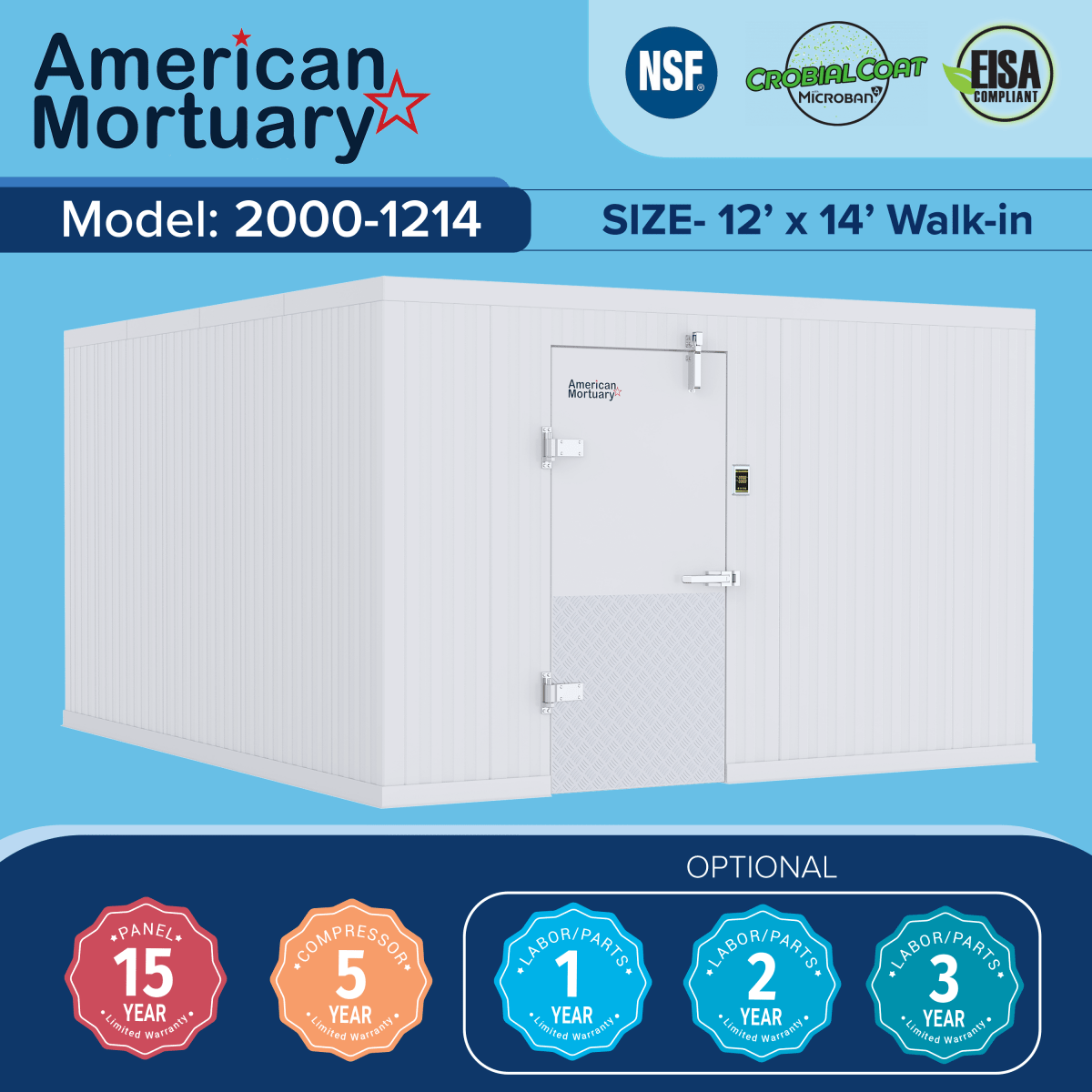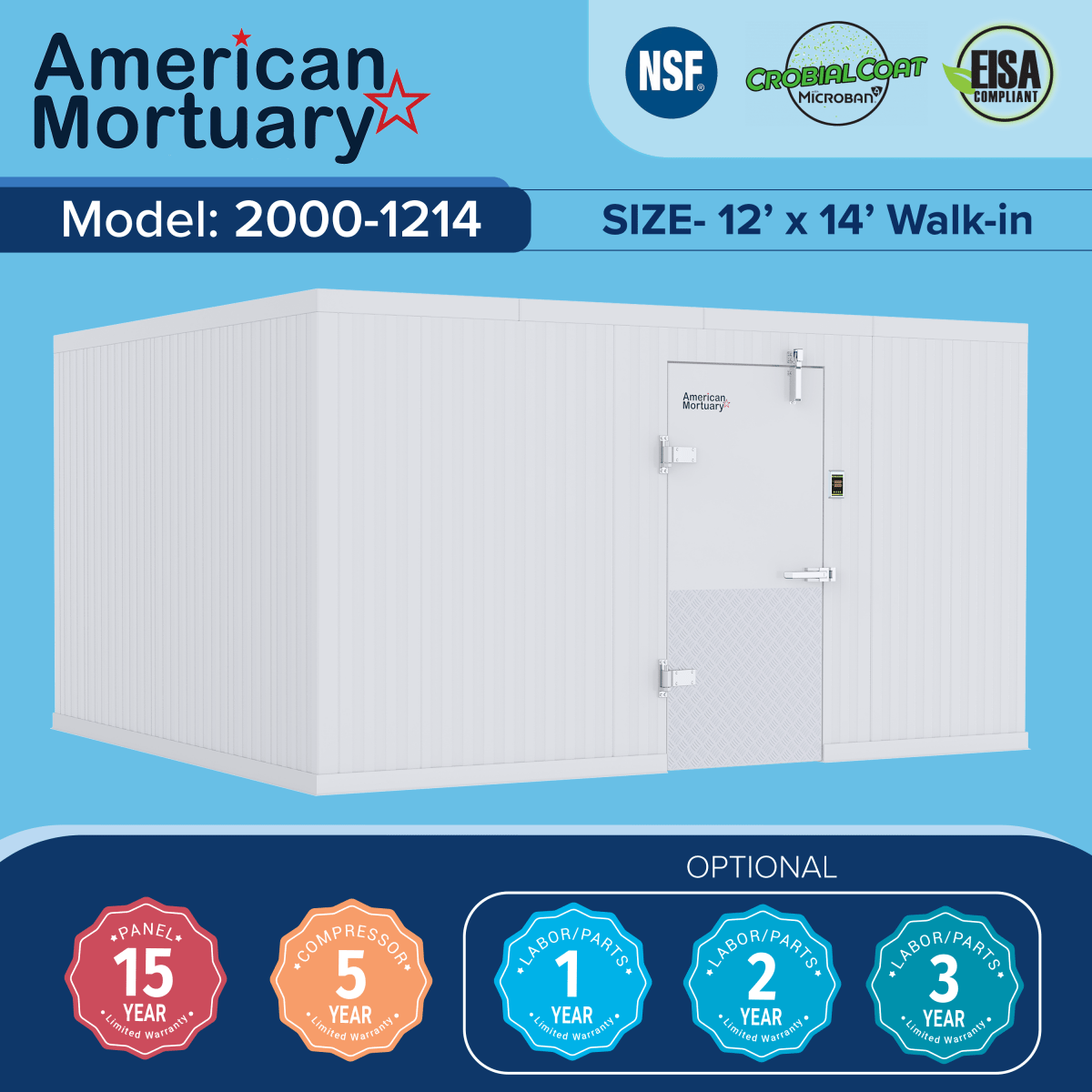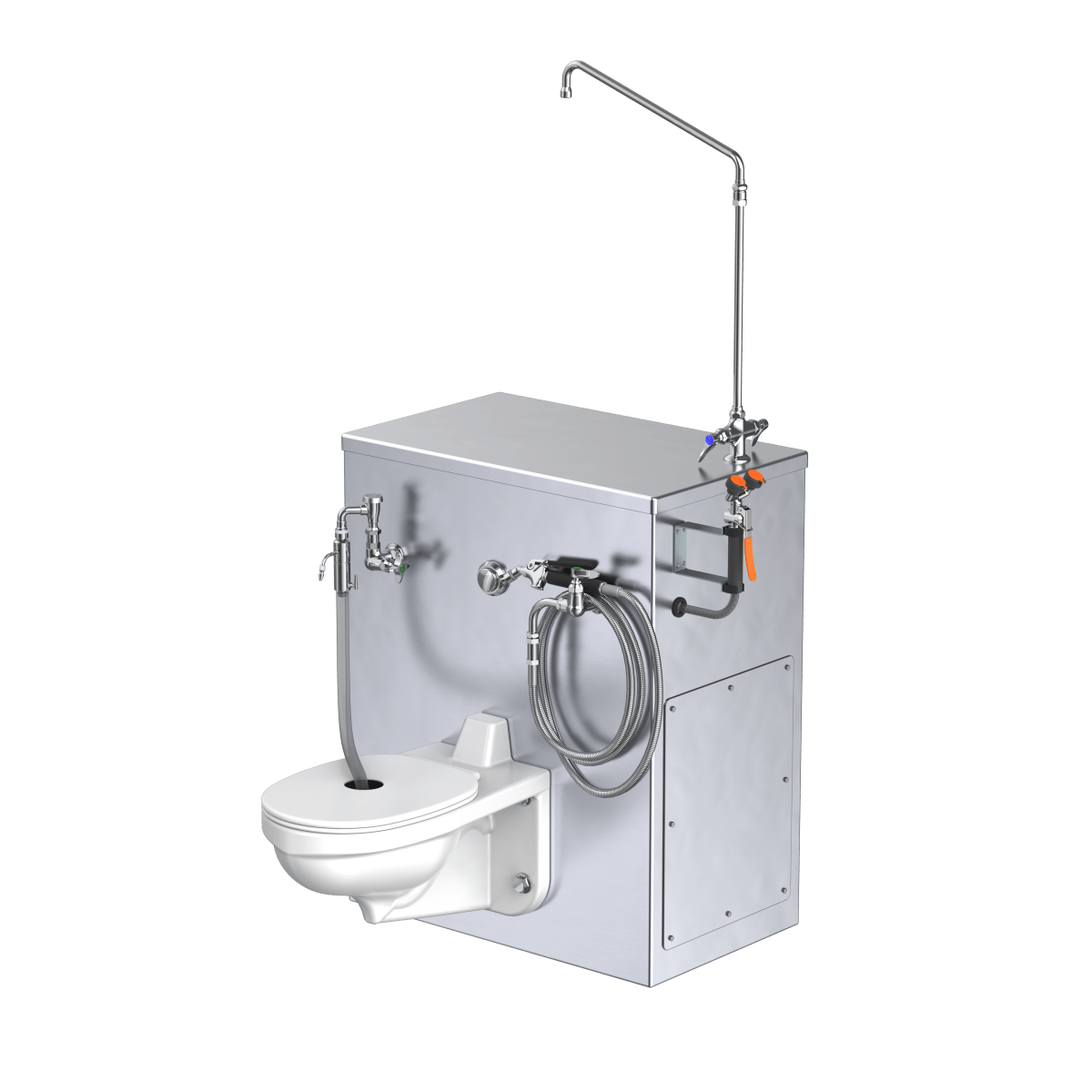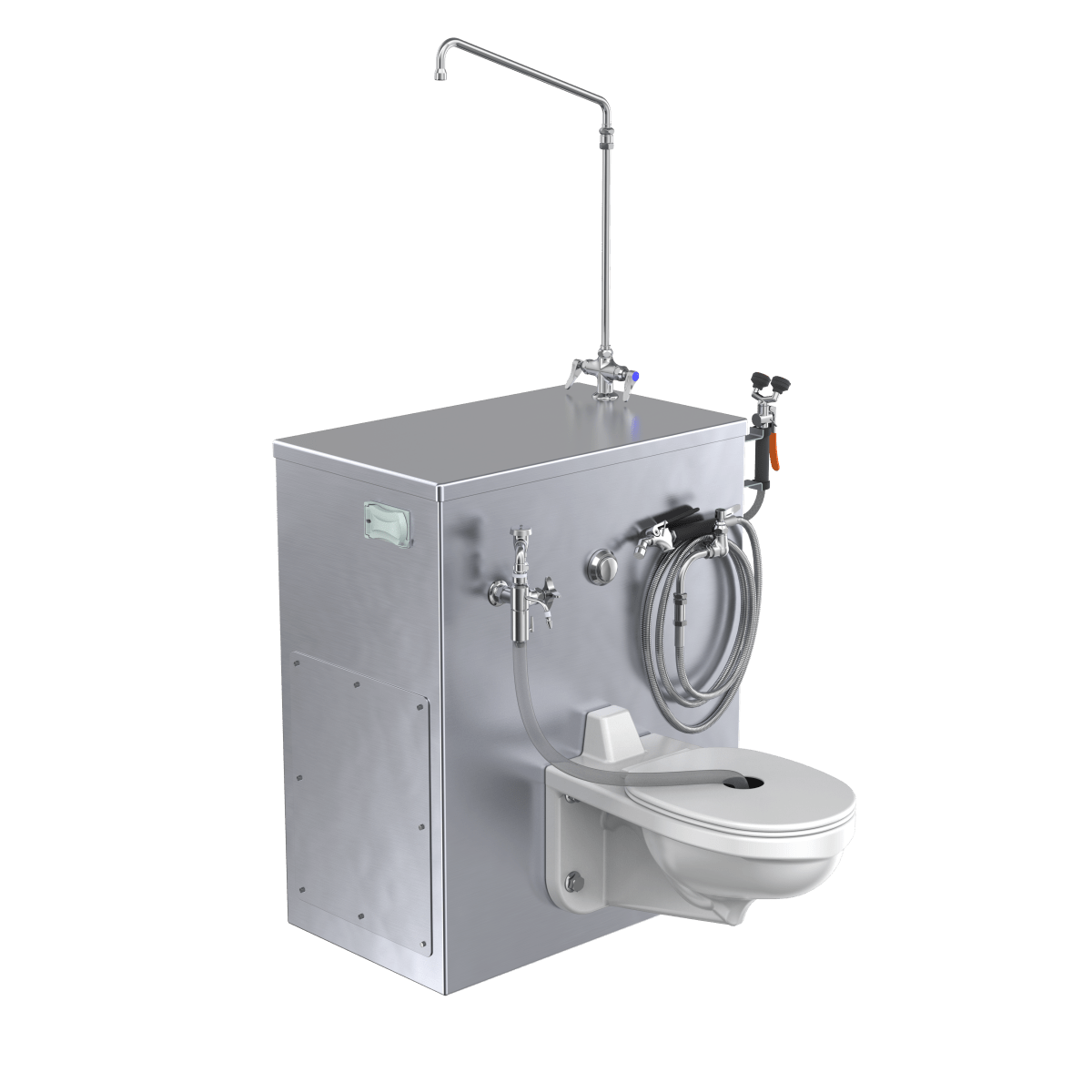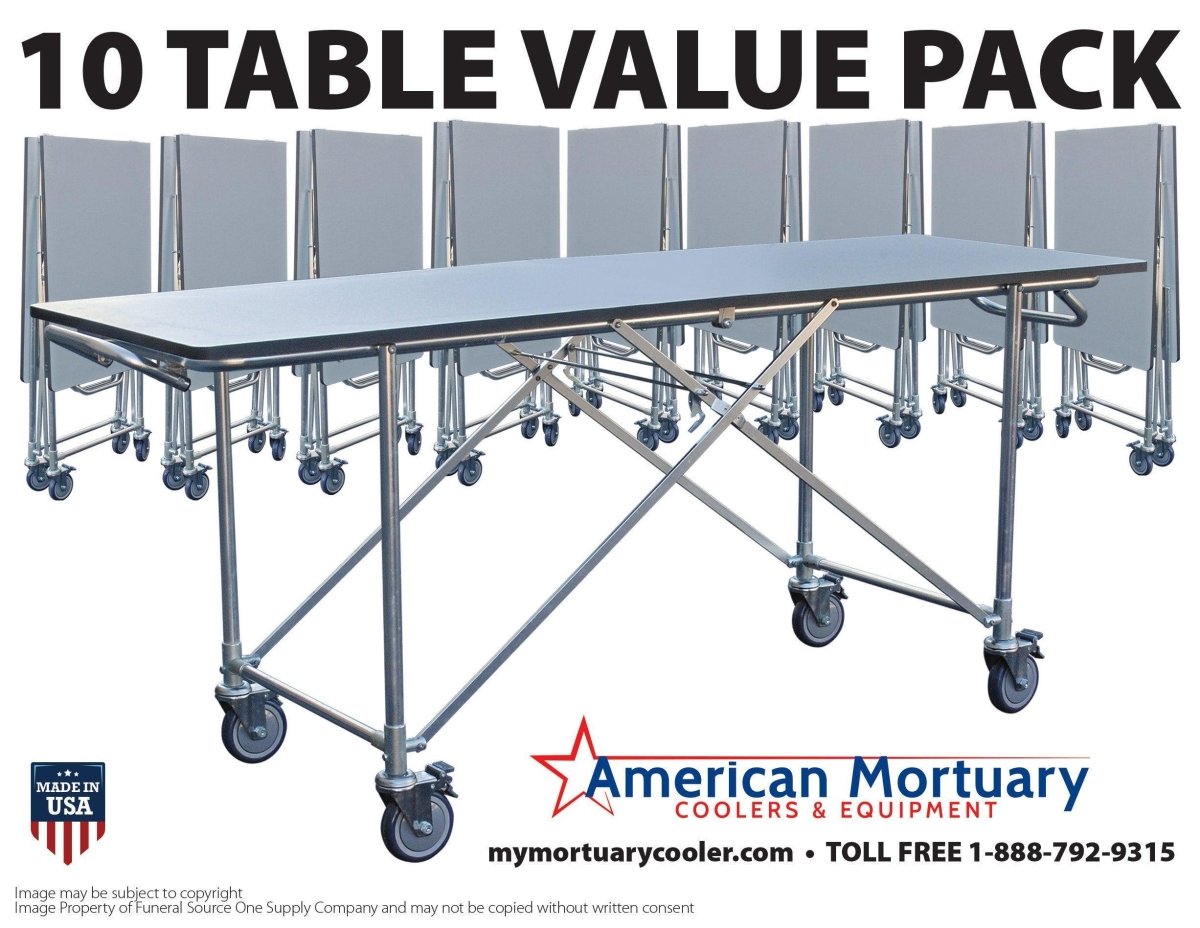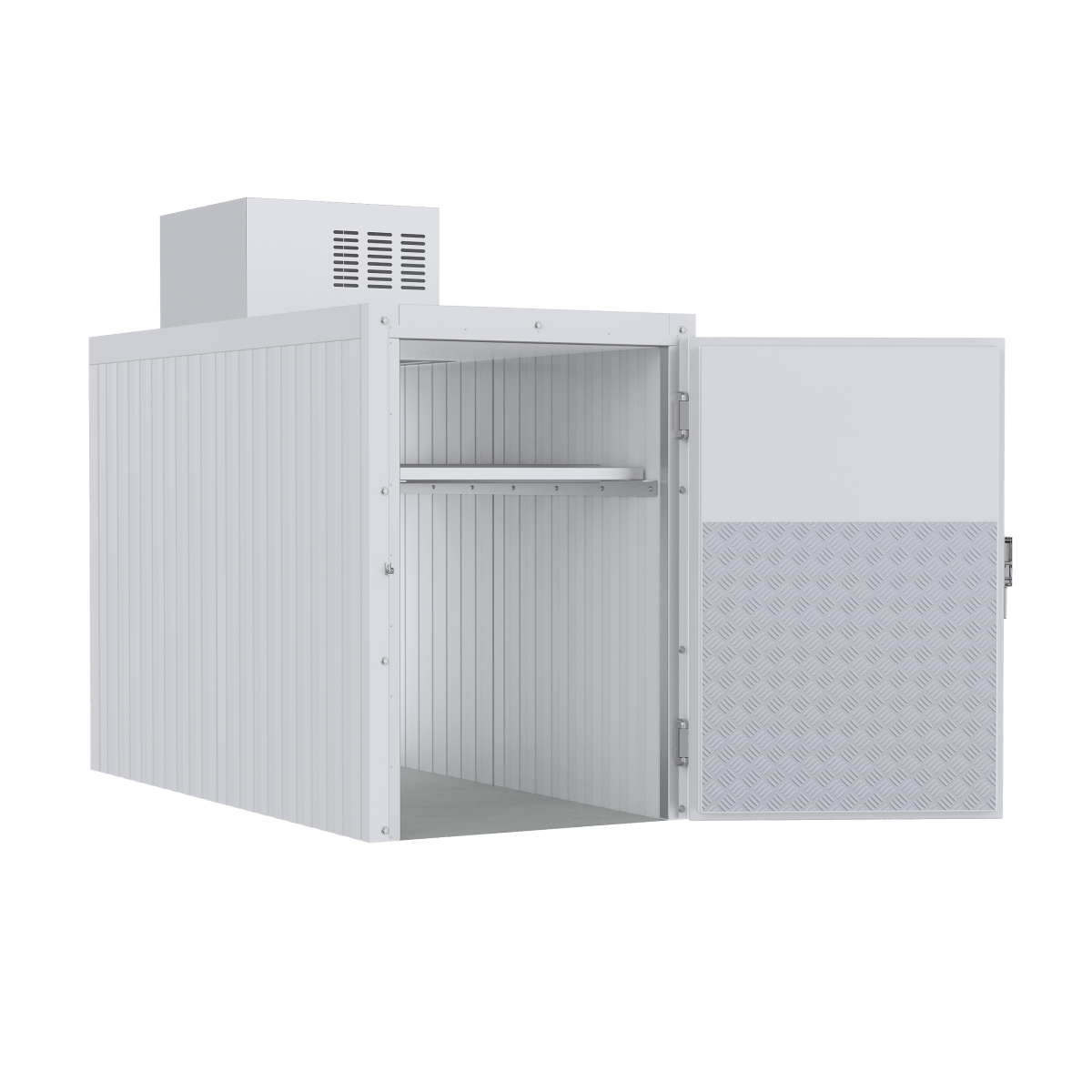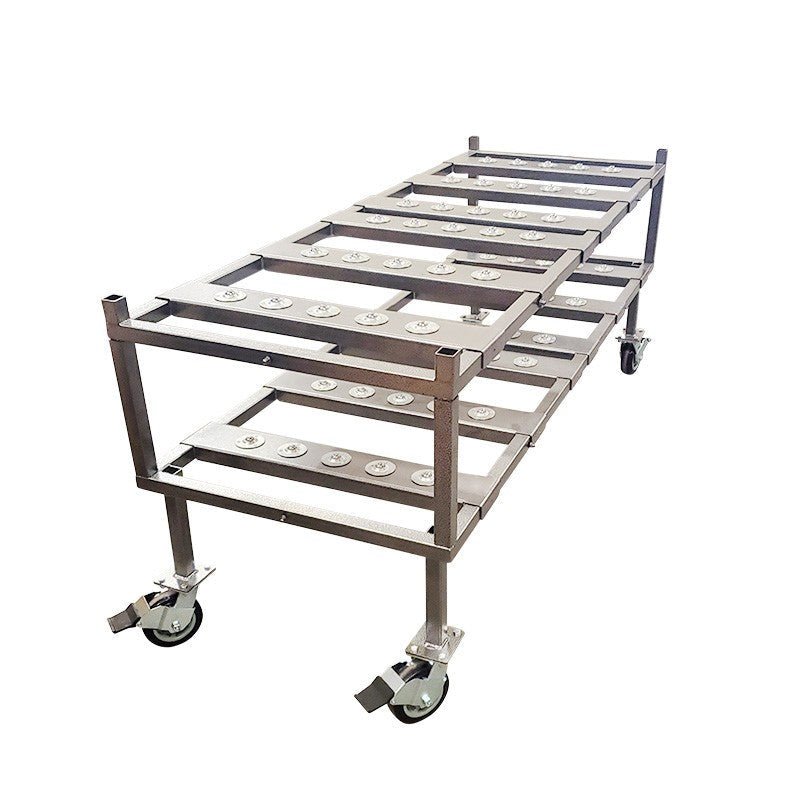Understanding Solo Hoyer Lift Operation
Can one person use a Hoyer lift? Yes, one person can safely operate a Hoyer lift in many situations, especially with proper training and when using modern electric models, though manufacturer guidelines typically recommend two caregivers for optimal safety.
| Solo Hoyer Lift Use | Key Information |
|---|---|
| Safety Rating | Possible with proper training |
| Best Models | Electric or ceiling-mounted lifts |
| Patient Requirements | Cooperative, within weight limit |
| Environment | Clear pathways, hard floors preferred |
| Training Needed | Hands-on instruction from OT/PT |
The Hoyer lift, originally adapted from automotive engine hoists, has become an essential tool for caregivers who need to transfer patients with limited mobility. These mechanical lifts use a sling system to distribute weight evenly, reducing physical strain on caregivers while maintaining patient dignity and safety during transfers.
While healthcare facilities often require two-person operation as standard protocol, many home caregivers successfully manage Hoyer transfers alone after proper training. The most challenging aspect of solo operation is typically positioning the sling correctly under the patient, which requires rolling them to their side.
Modern electric Hoyer lifts feature push-button controls and safety mechanisms like emergency stops and controlled lowering functions, making them more manageable for single operators than older manual models.
I'm Mortuary Cooler, a national-level supplier of specialized lift equipment who has helped countless funeral homes implement safe transfer solutions including Hoyer lifts, and I've seen how proper training on can one person use a Hoyer lift techniques dramatically improves both safety and efficiency in care settings.

Can One Person Use a Hoyer Lift Safely?
The age-old question of whether can one person use a Hoyer lift safely has created quite a stir in healthcare circles. While the FDA Patient Lift Safety Guide recommends "two or more caregivers to safely operate lift and handle patient," many caregivers successfully manage these transfers solo, especially in home settings.
The reality isn't black and white – it depends on your specific situation. A cooperative 150-pound patient is worlds apart from an agitated 300-pound individual. Modern electric lifts practically do the heavy lifting for you, while those old-school manual pumps might leave you breaking a sweat.
Jim, who's been caring for his wife in Washington for over six years, told me something that stuck with me: "I practiced with bags of water-softener salt before trying with my wife. Once you get the hang of it, using the lift alone becomes second nature." That's the kind of practical wisdom you won't find in instruction manuals!
What makes solo operation feasible? Patient cooperation, appropriate lift type, thorough training, and a clear environment with plenty of space and hard flooring rather than plush carpet that can make maneuvering difficult.
The scientific research is clear about one thing – patient lifts dramatically reduce caregiver injuries compared to manual lifting, regardless of whether one or two people operate them. The FDA's research on patient-lift safety confirms this while also highlighting best practices.
Legal & Policy Perspective: can one person use a hoyer lift
Here's where things get interesting – there's actually no federal law saying two people must operate a Hoyer lift. OSHA's "general duty" clause simply requires a workplace free from recognized hazards, leaving interpretation fairly open.
This creates a patchwork of approaches:
Healthcare facilities craft their own protocols based on risk assessment and liability concerns. Many nursing homes in states like Washington require two caregivers by policy. Meanwhile, home care settings typically offer more flexibility for solo operation.
As Roger J. Leslie, a healthcare safety legal expert, bluntly puts it: "When elderly adults fall from lifts, the injuries are often life-threatening. Facilities cutting corners due to staffing shortages face massive liability."
For home caregivers considering solo operation, documenting your training and following manufacturer guidelines provides some liability protection. At American Mortuary Coolers, we always emphasize following equipment-specific guidelines – they're designed to keep everyone safe, not just to cover legal bases.
Training & Skill Requirements: can one person use a hoyer lift
If you're going solo with a Hoyer lift, proper training isn't just nice to have – it's absolutely essential. Physical and occupational therapists typically provide hands-on training before sending patients home with lift prescriptions.
What skills do you need to master? Sling placement is often the trickiest part – learning to roll a patient safely to position the sling underneath them. Equipment operation must become second nature, including knowing where that emergency stop button is located (before you need it!). Proper body mechanics protect you from injury, and emergency procedures prepare you for equipment failures.
One caregiver shared: "The OT had me try being lifted myself so I could understand what my wife experiences. That changed everything about how I approach transfers."
I've even heard of caregivers teaching young family members the basics – not for actual use, but so they understand the process and could potentially help in emergencies. There's something powerful about involving the whole family in care solutions.
At American Mortuary Coolers, we've observed that confidence comes from repetition. Practice in low-pressure situations before attempting challenging transfers. Our team regularly conducts training across the Southeast and Midwest to ensure healthcare professionals feel comfortable with solo operation when appropriate – because sometimes, that's the reality of caregiving.
Step 1: Prepare the Environment and Equipment

When it comes to answering the question "can one person use a Hoyer lift," proper preparation makes all the difference between a smooth transfer and a risky situation. Think of it like baking – you wouldn't start mixing ingredients before reading the recipe and setting everything out on the counter!
First things first, clear your transfer path completely. I've heard so many stories from caregivers who forgot about that small throw rug or footstool, only to find themselves struggling mid-transfer. If you're dealing with carpeted areas (the nemesis of smooth rolling!), consider laying down a firm panel or even a piece of linoleum to create a smoother surface for the wheels.
Before you even think about moving your loved one, position both your starting and ending points strategically. Make sure that wheelchair, bed, or commode is exactly where you want it, with brakes firmly locked. Nothing is more stressful than trying to align a wheelchair while simultaneously managing a suspended patient!
"The five minutes I spend setting up save me twenty minutes of struggling," shared Margaret, a home caregiver from Tennessee who has been using a Hoyer lift solo for her husband for nearly six years.
Thorough equipment inspection isn't just a suggestion – it's absolutely essential. Check for secure bolts and connections that aren't loose. Examine your sling carefully for any fraying or damage – even small tears can lead to big problems. Make sure all wheels lock properly, and don't forget to check your battery charge on electric models or hydraulic fluid levels on manual lifts.
One of the most overlooked steps is spreading the base legs to maximum width for stability. Most modern lifts have a simple lever or foot pedal for this purpose. As one experienced nurse told me, "A narrow base is like trying to stand on one foot while carrying groceries – technically possible but asking for trouble."
Choosing the right sling might seem obvious, but it's worth emphasizing. U-slings with divided legs work wonderfully for general transfers and toilet access, while full-body slings provide necessary head support for patients with limited upper body control. Hygiene slings are specifically designed for bathroom transfers to provide appropriate access.
If you're transferring from a hospital bed, adjust the height to reduce your bending and strain during sling placement. Your back will thank you later!
At American Mortuary Coolers, we've found through years of experience that most lift-related incidents stem from inadequate preparation. Our team members in Dallas and Chicago consistently emphasize to clients that those extra minutes spent on thorough setup dramatically reduce risk during the actual transfer process.
Remember – when asking "can one person use a Hoyer lift," the answer largely depends on how well you've prepared your environment and equipment before the transfer even begins.
Step 2: Position and Secure the Sling

Let's talk about what many caregivers consider the trickiest part of the whole process – getting that sling properly positioned under your loved one. When I train new caregivers, they're often nervous about this step, but with practice, it becomes second nature.
First things first, always explain what you're about to do to the person you're caring for. Even if they have cognitive impairments, clear communication helps reduce anxiety. Something as simple as "I'm going to help you roll to your side so I can place this sling under you" works wonders.
Before you start, fold the sling lengthwise like an accordion. This simple prep step makes all the difference! One caregiver I worked with in Nashville calls this the "taco fold" – it's much easier to tuck a folded sling than a flat one.
Now for the rolling technique that makes solo operation possible. Gently roll the person onto their side, facing away from you. Tuck that folded sling behind their back, making sure the bottom edge sits just below the tailbone. Then roll them to the opposite side and pull the sling through completely. Take a moment to smooth out any wrinkles – your patient will thank you! Finally, roll them onto their back, centered on the sling.
Proper positioning is crucial for comfort and safety. For a U-sling, the bottom edge should hit right at the bend of the knees. If you're using a full-body sling, position it below the tailbone. The top should reach shoulder level or above the head, depending on whether head support is needed.
One clever home caregiver shared with me: "I actually practiced fitting the sling on myself before using it on my mother. Nothing teaches you better than feeling it yourself!" That's brilliant advice that we now share with all our customers at American Mortuary Coolers.
For U-slings, cross those leg straps for better support and dignity. A patient once told their caregiver that being lifted without crossed straps felt like "giving birth in mid-air" – not exactly the comfortable experience we're aiming for!
Always check for skin folds or bunched clothing before proceeding. These small details prevent pressure points that could cause discomfort or even skin breakdown during the lift.
Some innovative caregivers who answer "can one person use a Hoyer lift" with a confident yes have developed a time-saving approach: the "draw sheet" method. This involves leaving the sling partially under the patient between transfers. While convenient, only use this approach with breathable materials and when approved by a healthcare provider, as it can increase skin breakdown risk for some patients.
For more detailed information about different sling options and their specific uses, check out our More info about sling options guide.
At American Mortuary Coolers, we've found through years of experience that developing a consistent sling placement routine is key to success. Practice makes perfect – and in this case, perfect means a comfortable, dignified transfer for your loved one.
Step 3: Lift and Balance the Patient
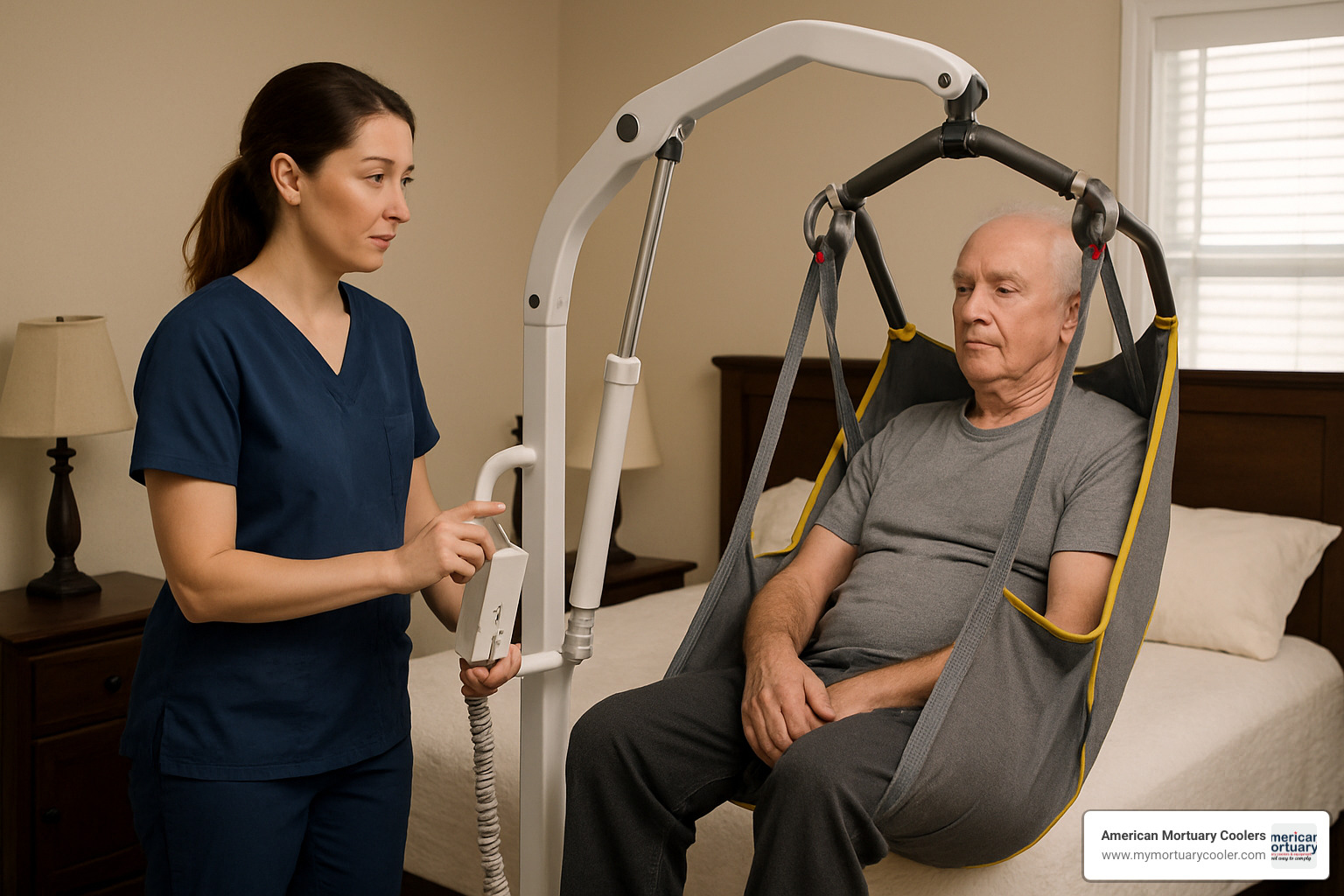
The moment of truth has arrived – you're ready to actually lift your loved one or patient. This is where your preparation really pays off, and where proper balance becomes absolutely crucial.
Before pressing that button or pumping that handle, take a deep breath. Double-check all connections between the sling and lift bar. I can't tell you how many times I've seen caregivers rush this step, only to notice uneven strap lengths mid-lift (not a fun situation!). If you're using chains, count the links on each side to ensure they're identical.
Now, position yourself and the lift thoughtfully. The lift bar should be directly over the patient's mid-chest area – their center of gravity. Think of it like picking up a suitcase; you want to lift from the middle, not one end.
"I'm going to start lifting you now," is all it takes to prepare your patient mentally. A simple heads-up can prevent startled reactions that might throw off balance. I always suggest asking patients to keep their hands on their chest or the sling itself – grabbing the lift can cause stability issues.
When you begin raising with your electric control (or manual pump), the key word is slowly. Lift just an inch or two off the surface, then pause. This little "hover check" is something our team at American Mortuary Coolers always emphasizes in training. It allows you to verify everything is balanced before the patient is fully suspended in mid-air.
"The first inch tells you everything you need to know," shared one home caregiver from Tennessee who's been using a Hoyer solo for three years. "If something's wrong, you'll see it right away while they're still practically on the bed."
Once you confirm the patient is balanced and the sling hasn't shifted, continue lifting just high enough to clear both surfaces – no higher. Unnecessary height only increases risk without any benefit.
Throughout the lift, keep talking. Your voice provides reassurance during what can be an unsettling experience. One clever approach I heard from a caregiver in Dallas: "I count out loud – 'one, two, three, lifting now' – which keeps both of us focused and calm."
For those using manual hydraulic lifts, pace yourself through those roughly 50 pumps needed for a complete transfer. It's a workout! This is one reason electric models make solo operation significantly easier when considering if can one person use a hoyer lift safely.
Always keep that red emergency stop button within reach on electric models. Like a parachute ripcord, you hope never to use it, but you'll be mighty glad it's there if needed.
The lifting phase isn't a race. Our teams in Pittsburgh and across the country always emphasize that slow, deliberate movements are essential for safety. Patient weight must remain centered over the base legs at all times – this single principle prevents most tipping accidents.
When done correctly, this lifting phase should feel controlled and steady, giving both you and your patient confidence in the process.
Step 4: Maneuver and Transfer to the Target Surface
With the patient safely suspended in the sling, the next step is to maneuver the lift to the target surface. This requires careful attention to movement and positioning:
Open up the wheels: Ensure all wheel brakes are released before attempting to move the lift.
Use proper body mechanics: Push the lift from the steering handles, keeping your back straight and using your legs for power.
Move slowly and deliberately: Quick movements can cause the patient to swing in the sling, creating instability. As one caregiver noted, "Hydraulic lifts 'have a mind of their own' and can roll unpredictably if not handled carefully."
-
Steer on appropriate surfaces: Hard, flat floors are ideal. If moving over carpet is necessary:
- Use more force but maintain control
- Consider placing a hard board or plastic sheet over carpeted areas
- Push from the mast rather than the boom for better leverage
Position accurately over the target surface: The patient should be directly above the wheelchair, commode, or chair. For wheelchairs, approach from the front rather than the side when possible.
Lock the wheels: Once in position, lock all wheels on the lift before beginning to lower the patient.
Align the patient properly: Ensure they're positioned correctly over the target surface. For wheelchairs, the patient's back should align with the wheelchair back.
| Manual vs. Electric Lift Effort Comparison | ||
|---|---|---|
| Task | Manual Lift | Electric Lift |
| Raising patient | ~50 pump strokes | Push-button operation |
| Maneuvering | More difficult due to one hand on pump | Easier with both hands free |
| Lowering control | Requires valve adjustment | Precise button control |
| Physical effort | High | Minimal |
| Solo operation ease | Challenging | Manageable |
A home caregiver from a forum discussion shared: "I've found that tilting the power wheelchair backward slightly during lowering helps with seating placement and prevents scraping."
For doorway navigation, approach straight-on rather than at an angle, and ensure you have at least 2 inches of clearance on each side. Some caregivers find it helpful to have a spotter for doorway passages, even if they handle the rest of the transfer solo.
At American Mortuary Coolers, our Los Angeles and Columbia SC teams have developed specialized training for navigating tight spaces with patient lifts. We emphasize that can one person use a Hoyer lift through doorways safely depends greatly on proper approach angle and patient positioning.
Step 5: Lower, Detach, and Finish Safely
The final phase of your solo transfer is just as critical as the lifting process. Taking your time here ensures both your safety and your patient's comfort.
Begin by making those final positioning adjustments before lowering. I always tell my clients to visualize exactly where the person needs to land on the wheelchair or bed. Perfect alignment now prevents uncomfortable adjustments later.
When you're ready to lower, do so with gentle, controlled movements. For electric lifts, use the hand control in short bursts rather than one continuous press. If you're working with a manual lift, golden rule: open the release valve no more than one full turn to maintain control of the descent.
"The first time I lowered my husband too quickly, he got quite startled," shared Maria, a home caregiver from Oregon. "Now I count out loud—'going down slowly, 1, 2, 3'—which keeps us both calm and gives him time to prepare."
As your patient descends, you might need to guide them with gentle touches at the shoulders or hips. This isn't about forcing them into position but rather helping them settle naturally into the seat. Continue lowering until you see clear slack in all the straps—this confirms their weight is fully supported by the target surface.
Now it's time to detach the sling from the lift bar. For safety's sake, move the lift slightly away before working on complete sling removal. Can one person use a Hoyer lift for the removal process? Absolutely, but take care not to pull or tug too forcefully on the sling.
Whether to remove the sling entirely depends on your situation. Most healthcare professionals recommend removing it to prevent skin pressure issues. However, if you're doing a quick bathroom visit using a hygiene sling, it might make sense to leave it in place with the straps neatly tucked away.
After your patient is comfortably positioned, complete these important post-transfer steps:
- Return your lift to its designated storage spot
- Place electric models on their charger (this is non-negotiable!)
- Wipe down the sling if needed and hang it to prevent creasing
- Make a quick visual check of all equipment components
- Document the transfer in your care notes if required
"The battery died on me once mid-transfer," recalls James, who cares for his mother. "I had to call a neighbor to help while my mom was suspended. Now I'm religious about charging after every use."
At American Mortuary Coolers, our Johnson City team has seen how establishing a consistent post-transfer routine prevents problems down the road. We recommend keeping a simple maintenance log near your lift—just a notebook where you jot down any concerns like unusual noises or stiffness in the mechanism. This small habit can prevent bigger problems later.
Proper equipment care extends its lifespan. Just as we build our mortuary coolers to last through years of daily use, your Hoyer lift will serve you better with regular attention to maintenance details. A well-maintained lift makes the question of can one person use a Hoyer lift safely much easier to answer with confidence.
Frequently Asked Questions about "Can One Person Use a Hoyer Lift?"
What lift models are truly solo-friendly?
When it comes to solo operation, not all Hoyer lifts offer the same level of safety and ease of use. I've worked with countless caregivers who found certain models much more manageable than others.
Ceiling-mounted track lifts stand out as the most solo-friendly option. These permanently installed systems eliminate the need to push a heavy floor unit around, which is often the most physically demanding part of the transfer. A retired couple from Michigan's Upper Peninsula shared with me: "Our ceiling lift has been a game-changer for moving between bed and chair without assistance. I wish we'd installed it years ago!"
For more flexibility, modern electric floor-based lifts with ergonomic hand controls and emergency lowering mechanisms offer excellent solo operation safety. Look for models with smooth-rolling large casters, lightweight construction, and a wide, easily adjustable base. These features make a world of difference when you're maneuvering around furniture or through doorways on your own.
Many of our clients at American Mortuary Coolers have found that compact lifts designed specifically for home use work wonderfully in residential settings. These are scaled appropriately for standard doorways and tighter spaces than you'd find in a hospital.
Brands like Prism Medical and Handicare have developed models with solo caregivers in mind. The Hoyer Advance, with its 340-pound capacity and intuitive controls, has become a popular choice among our home caregiver clients.
Our Midwest specialists have consistently observed that electric models with simple push-button controls dramatically increase safety compared to manual hydraulic lifts. The physical effort required to pump a manual lift and precisely control the release valve can be challenging when you're also trying to guide and reassure the person being transferred.
When is a second caregiver non-negotiable?
While I've seen many caregivers master solo transfers, there are situations where having a second pair of hands isn't just helpful—it's essential for safety.
When working near capacity limits, always call for backup. Most lifts handle between 400-700 pounds, but approaching those upper limits demands extra stability that a second person provides. The physics of weight distribution change dramatically as you approach capacity.
Agitated or uncooperative patients present another scenario where solo lifting becomes dangerous. An experienced nurse once told me, "I've learned to refuse to lift if the patient is uncooperative or poses a risk. It's better to wait for help than risk injury to everyone involved."
Complex transfers like moving someone from the floor after a fall or navigating particularly tight spaces should never be attempted alone. Similarly, first-time use of new equipment calls for extra support until you're familiar with all the controls and behaviors of that specific model.
Patients with special conditions like respiratory equipment, fragile skin, or specific positioning needs often require a second caregiver to manage these complexities during the transfer.
A home health nurse with 20 years of experience shared this sobering thought: "Even well-maintained slings can fail under patient agitation or equipment malfunction. A second person acts as a spotter to align the patient and prevent falls."
At American Mortuary Coolers, our Rocky Mountain team always recommends conducting a formal risk assessment before attempting solo transfers, especially in professional care settings where liability concerns are heightened.
How can I reduce risk if I must lift alone in an emergency?
Sometimes life puts us in situations where we must perform a lift alone despite knowing it's not ideal. If you find yourself in this position, there are ways to minimize risk.
Clear communication with the person being transferred is your best ally. Explain exactly what you're doing at each step and how they can help. This reduces anxiety and improves cooperation.
Move deliberately and slowly—rushing a solo transfer is where mistakes happen. Take your time, even if it feels like you're moving in slow motion.
Keep emergency contact information or a mobile phone within arm's reach. One caregiver told me she wears a lanyard with her phone during transfers, just in case.
Always use the most stable lift available to you. An electric lift offers more control than a manual one, as you can keep both hands free during movement rather than pumping the hydraulic handle.
Know your emergency procedures inside and out. One diligent caregiver shared: "I keep a second charged battery nearby in case of power failure, and I've practiced the manual lowering procedure so I know exactly what to do if something goes wrong."
For floor transfers after a fall, our Southwest consultants emphasize that calling for professional help is often the wiser choice rather than attempting a solo lift. These transfers are particularly challenging due to the awkward starting position and increased risk of caregiver back injury.
The question of can one person use a Hoyer lift in emergency situations comes down to preparation, knowledge of your equipment, and honest assessment of your capabilities. Having a contingency plan isn't just reassuring—it could be life-saving.
Conclusion
The question "can one person use a Hoyer lift" doesn't have a simple yes or no answer. It's more like asking if you can drive in the rain—yes, but with the right equipment, skills, and caution.
For many home caregivers, solo operation isn't just convenient—it's often necessary. After speaking with hundreds of caregivers across the country, I've found that safe solo transfers boil down to five essential elements:
Proper training that includes hands-on practice (not just watching a video) Using the right equipment (electric lifts make solo transfers significantly easier) Working with a cooperative patient who understands the process Following each step methodically without rushing Performing regular maintenance and safety checks
As Martha from Tennessee told me after six years of caring for her husband: "My Hoyer lift is a Godsend. I couldn't manage without it, and once I got comfortable, using it alone became second nature."
It's worth noting that healthcare facilities often maintain strict two-person policies. These aren't arbitrary rules—they're based on liability concerns and regulatory requirements. But the reality at home often necessitates adaptation and careful solo use when a second pair of hands simply isn't available.
Here at American Mortuary Coolers, we've worked with caregivers from Seattle to Miami and everywhere in between. Our team understands that each care situation is unique, which is why we're committed to providing lifting equipment that prioritizes both patient dignity and caregiver safety. Whether you're in Atlanta GA looking for a ceiling-mounted system or Chicago IL needing a compact solution for a small apartment, we can guide you toward equipment that matches your specific needs.
I can't stress enough that proper training isn't optional—it's essential. The five steps we've outlined provide a solid framework, but each person and situation brings different challenges. When in doubt, it's always better to have assistance.
By following these guidelines and investing in quality equipment, you can confidently answer "yes" to "can one person use a Hoyer lift" while maintaining the highest standards of safety and care. After all, the goal isn't just completing transfers—it's doing them in a way that preserves dignity and prevents injury for everyone involved.


